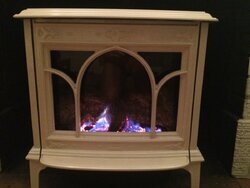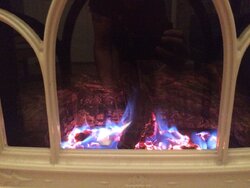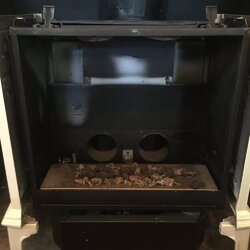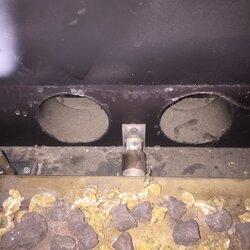glad to hear that might have been the solution
I ran the stove for three hours tonight without it shutting off once. So I'm going to called it fixed for now.
I am still thinking about the restrictor plate. I took apart the inside of the stove again and I just can't get behind the wall that the exhaust baffle was screwed into. There are no more visible screws inside. It seems that I would have to take apart the backside of the enameled portion of the stove to get there.
So for now I leave well enough alone. It's working for the first time in months! And for that I am grateful.





